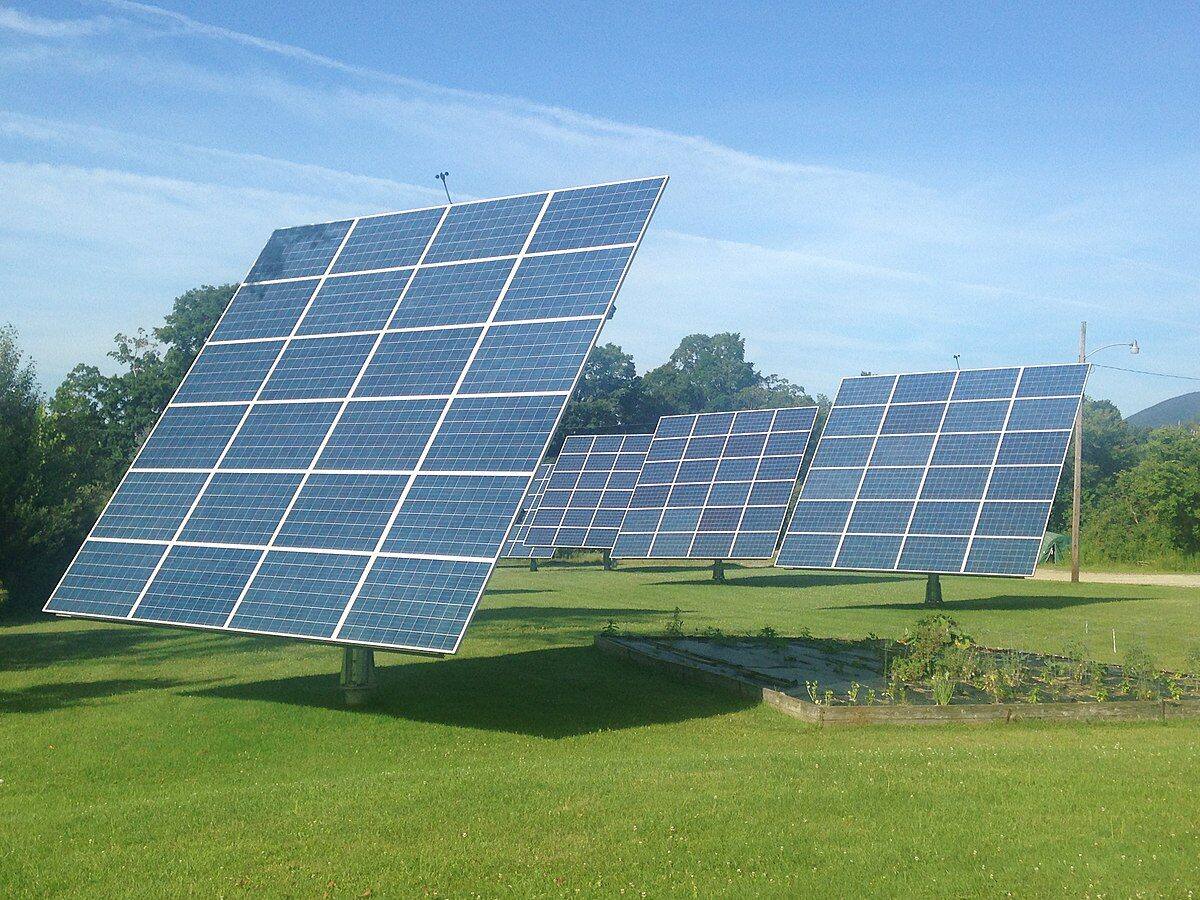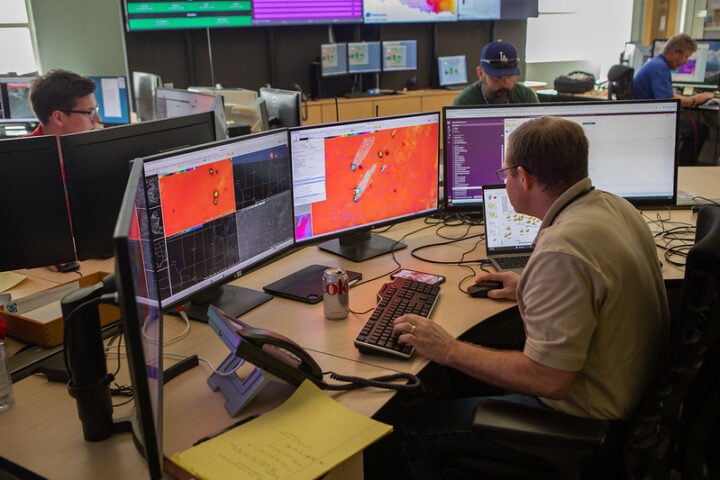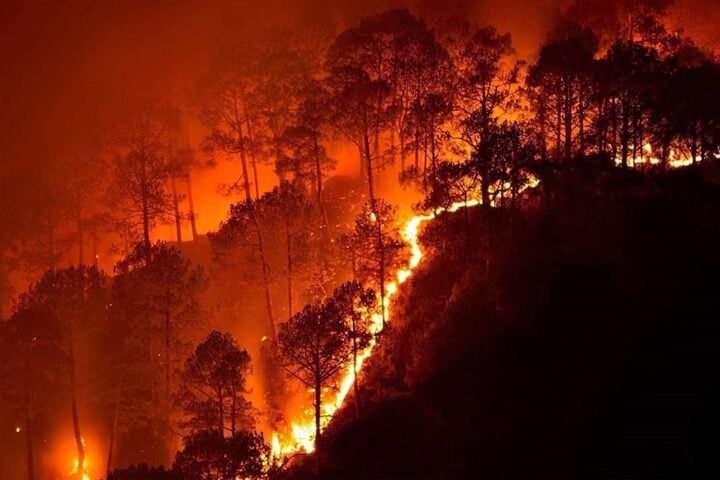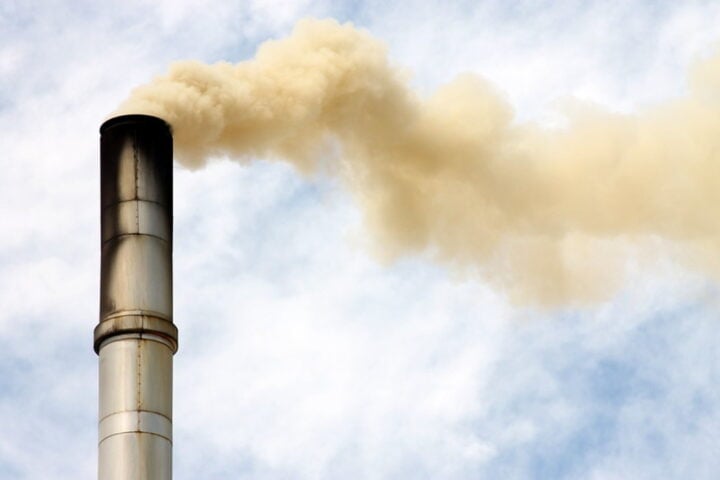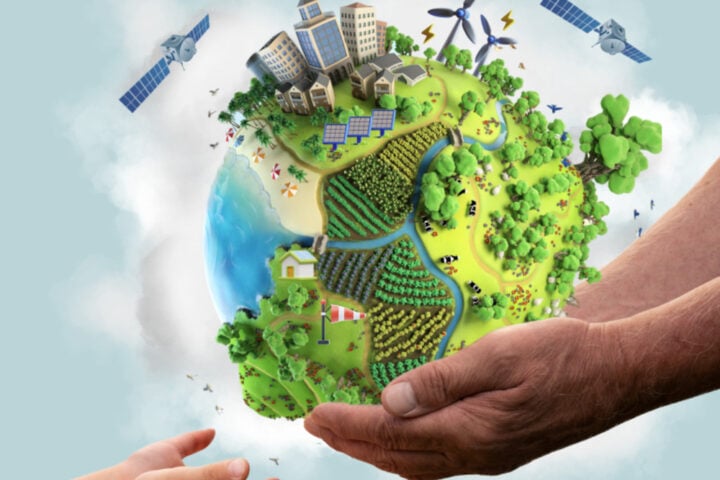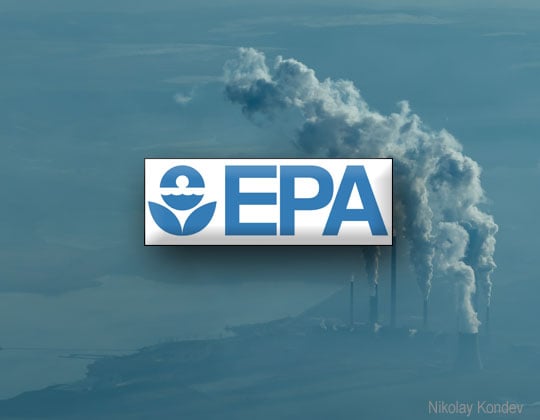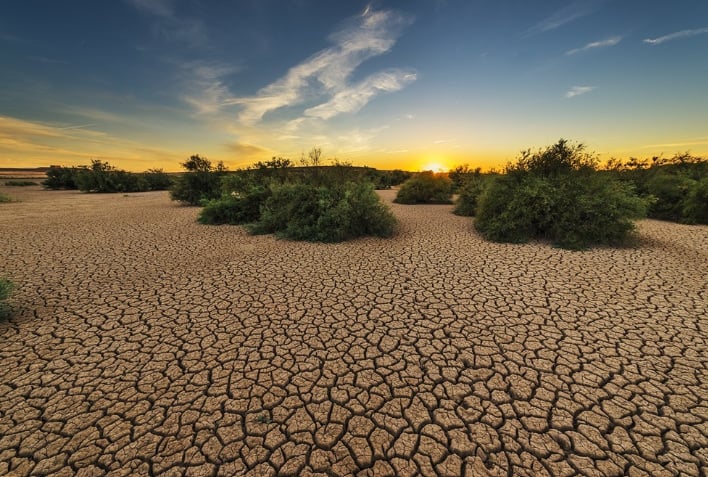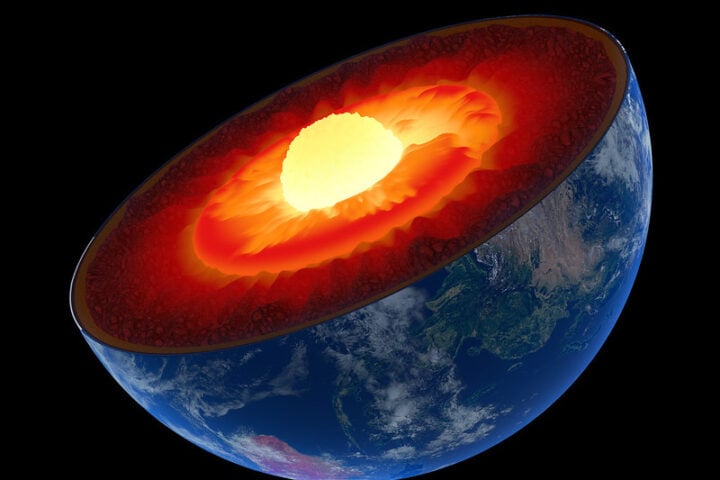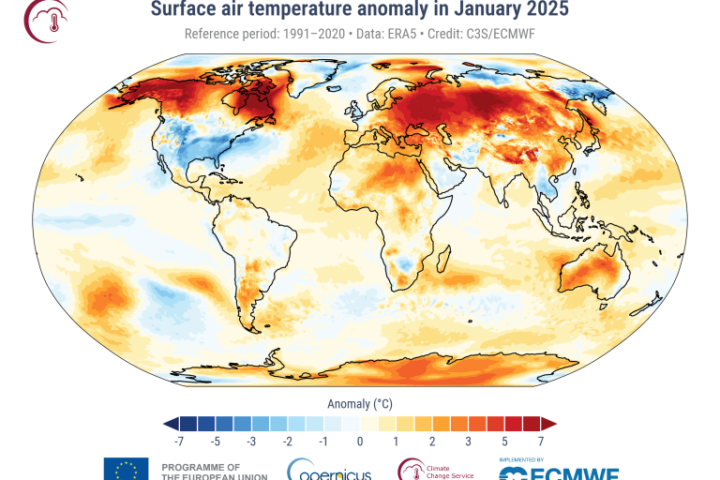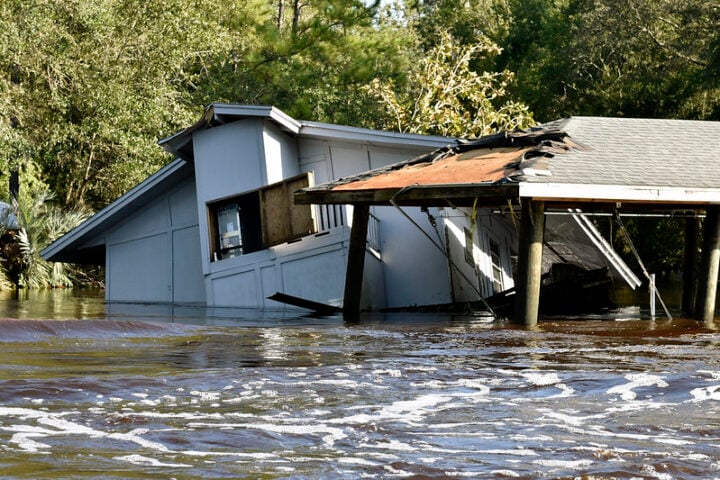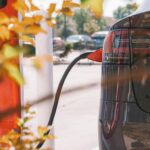The IEA has made a big forecast for the solar photovoltaics (PV) sector – $500 billion in 2024. That’s not only a big deal for solar energy but also means it will be more than all other forms of electricity generation combined. This is a big shift in the global energy landscape, driven by economic and environmental imperatives.
According to the IEA’s World Energy Investment 2024 report, total energy spending will exceed $3 trillion for the first time, with $2 trillion going to clean energy technologies. Solar PV will get over $500 billion, more than all other forms of energy generation – wind, nuclear, fossil fuels. For context, wind will get around $200 billion. Solar is winning the clean energy transition.
The $500 billion in solar PV investments has big implications for the energy market and climate change. The IEA says the ratio of clean power to unabated fossil fuel investments will be 10:1 in 2024, up from 2:1 in 2015. That’s a big commitment to renewables, driven by falling solar module prices and improving energy output per dollar. In fact, every dollar invested in wind and solar PV now gets 2.5 times more energy output than a decade ago.
Fatih Birol, the IEA executive director, said the investment surge is driven by two things: strong economics and strategic industrial policies. “The rise in clean energy spending is underpinned by strong economics, by continued cost reductions and by considerations of energy security. But there is a strong element of industrial policy, too, as major economies compete for advantage in new clean energy supply chains.
Similar Posts
While solar investment is growing, the IEA report also highlights regional disparities in clean energy investment. In 2023, China commissioned as much solar PV as the entire world did in 2022. But emerging markets and developing economies (EMDEs) are being left behind, getting only a tiny fraction of the investment compared to advanced economies. For every dollar invested in battery storage in advanced economies and China, only one cent was invested in EMDEs. And Africa where clean energy investment is expected to nearly double from 2020 levels to over $40 billion in 2024. That’s driven by new policies and grid infrastructure improvements in countries like India, Brazil and parts of Southeast Asia.
IEA’s $500bn solar PV forecast for 2024 is a turning point in the energy transition. This investment proves renewable energy is getting more economic and policy and consumer behavior is shifting towards sustainable energy. As the world tackles climate change and energy security, solar PV growth will define the future of energy.
